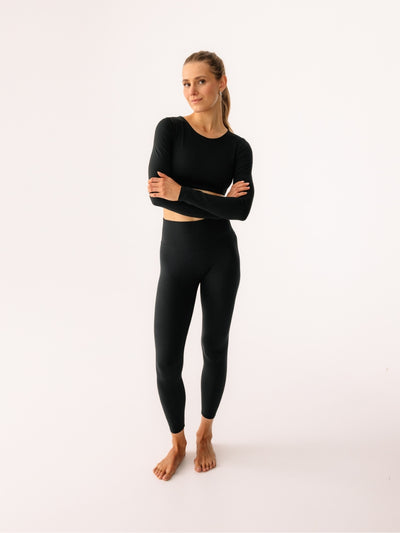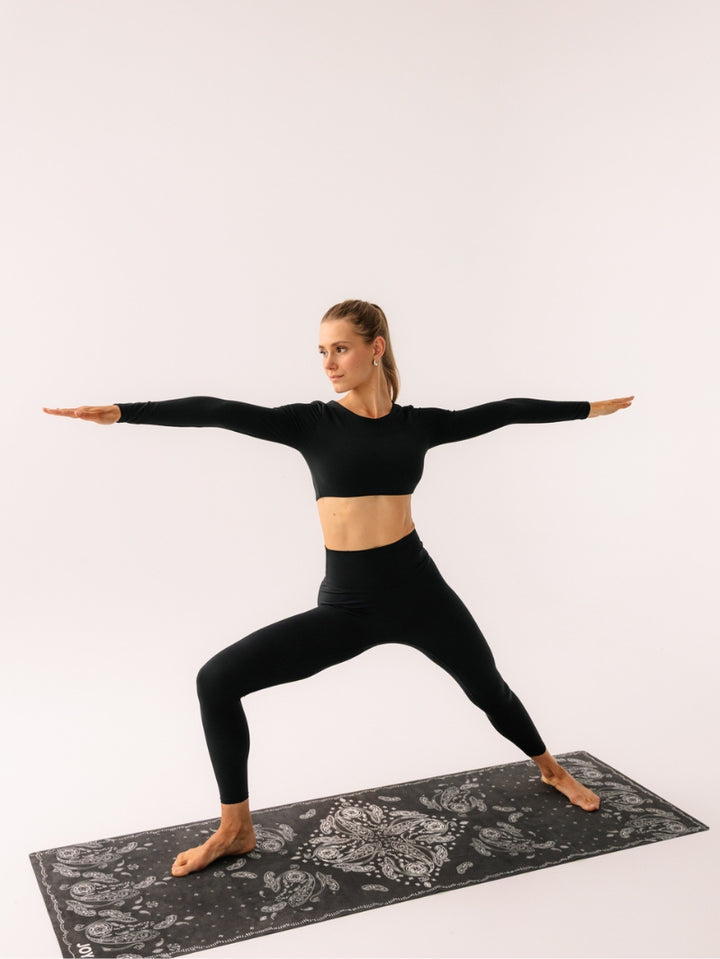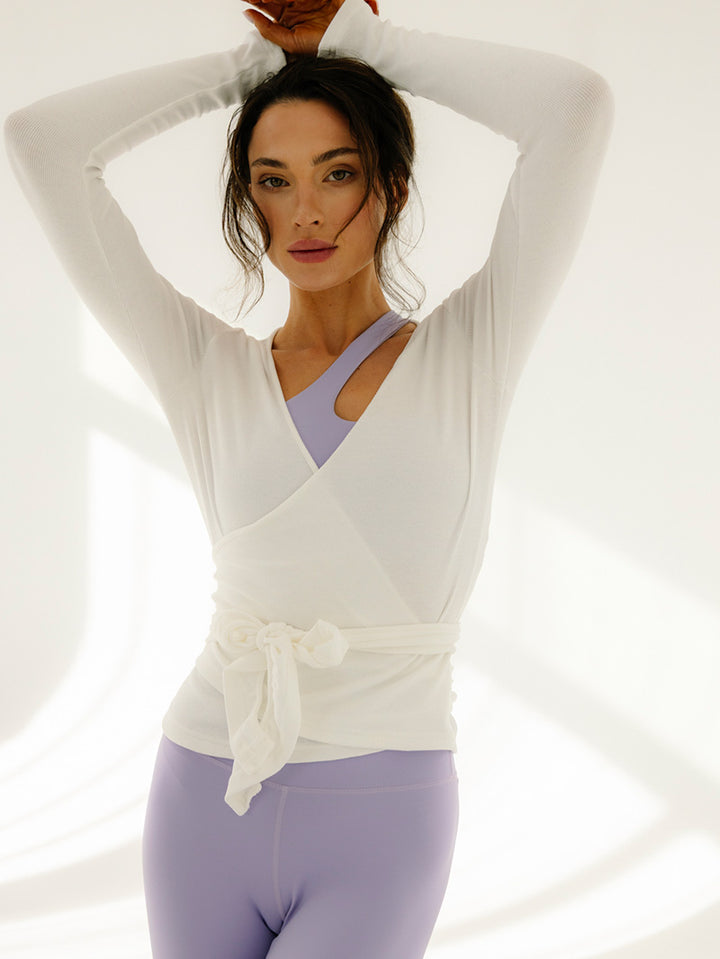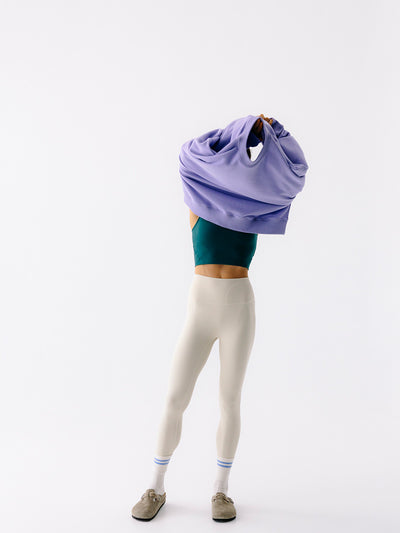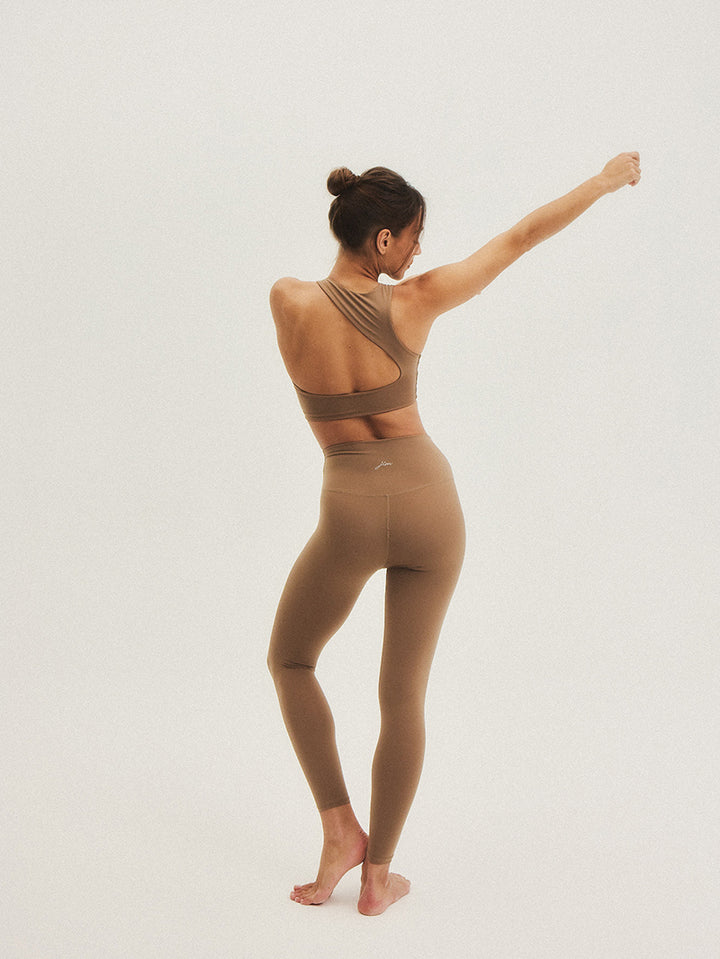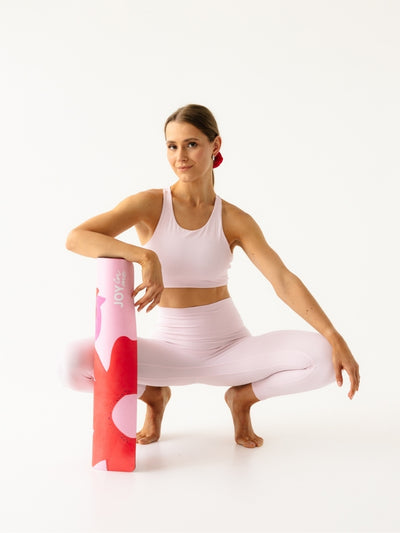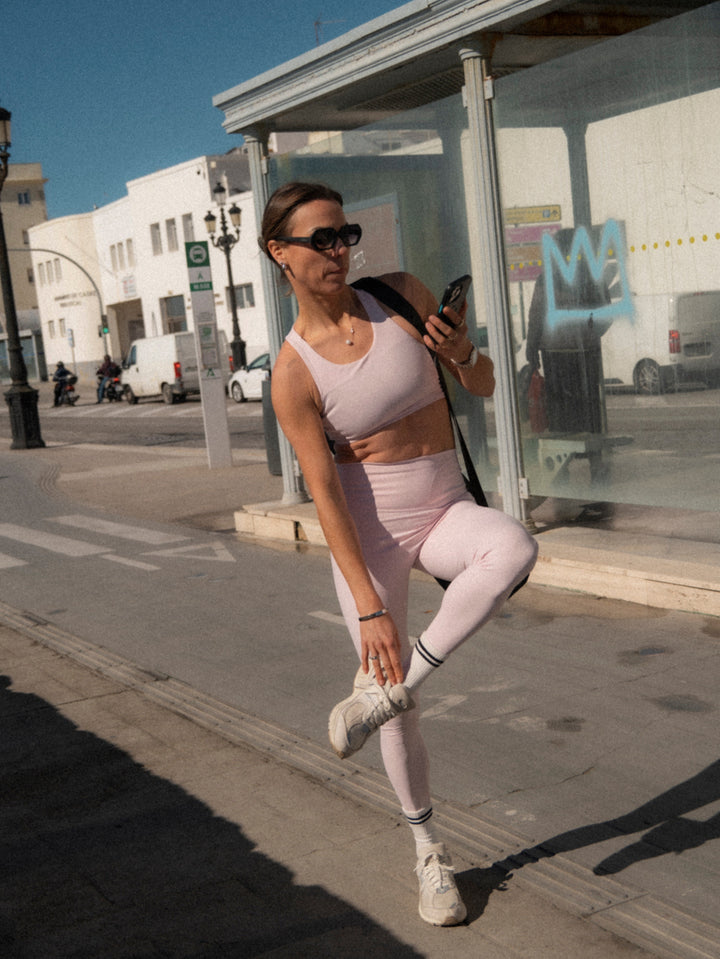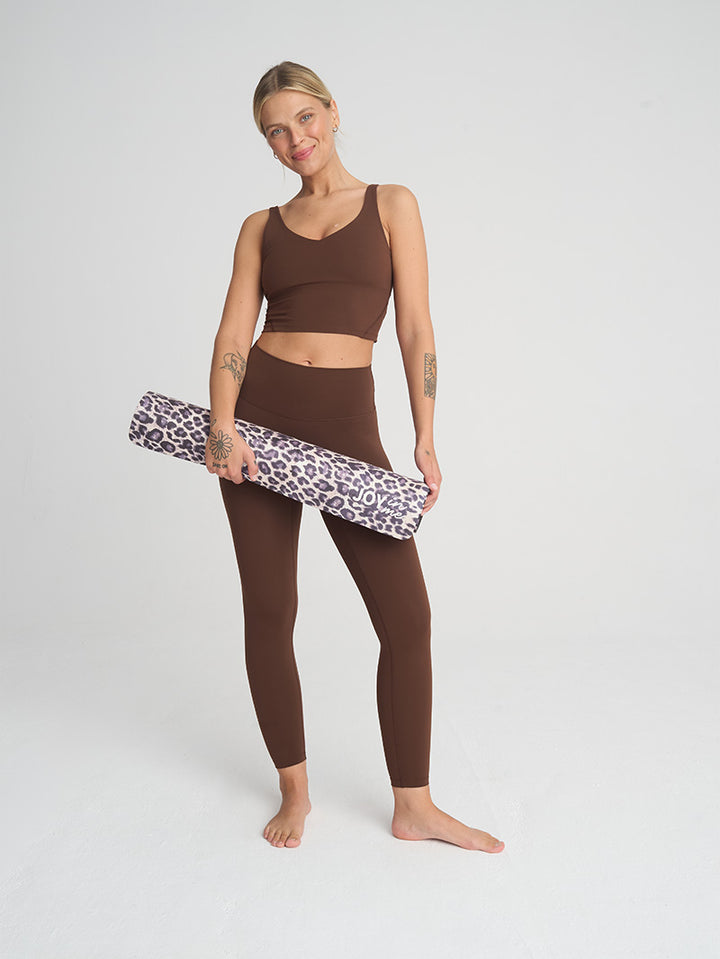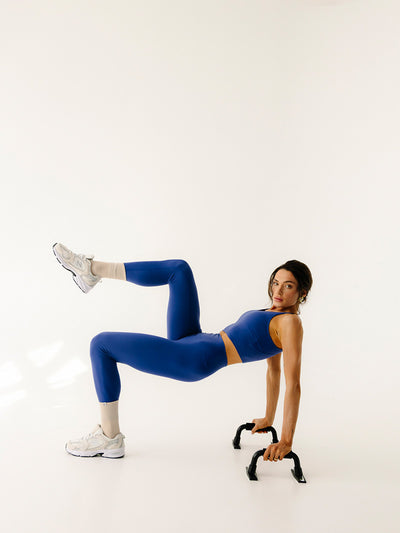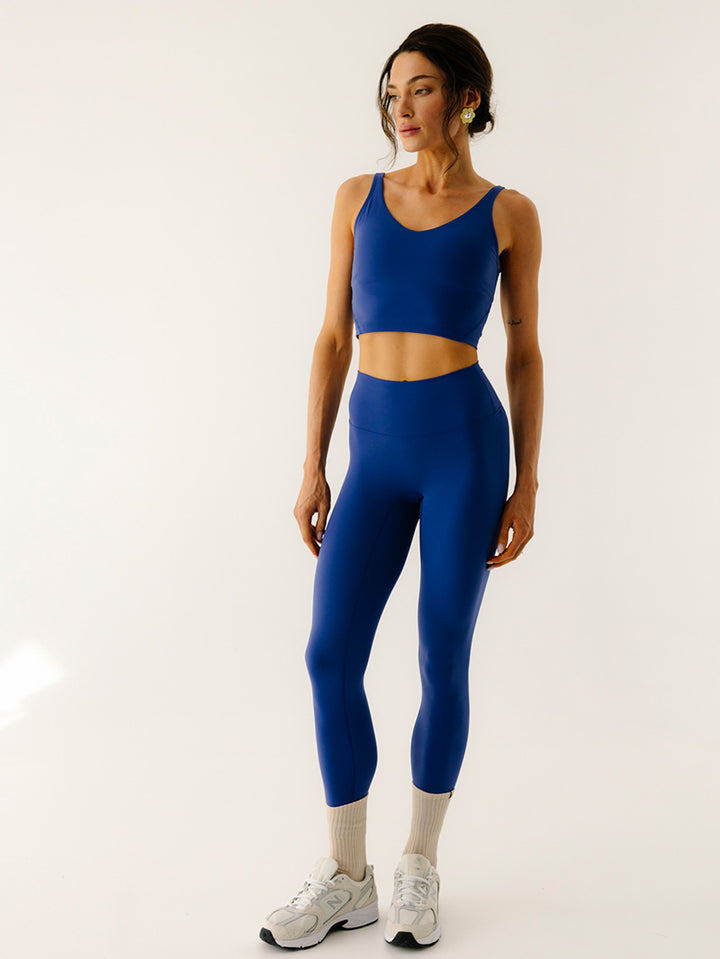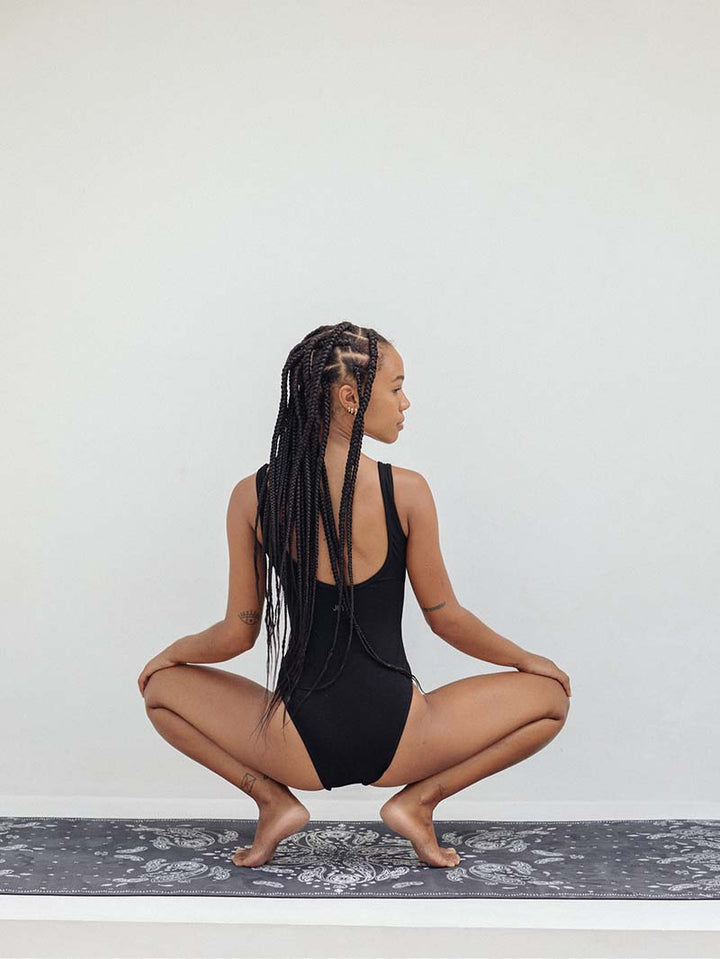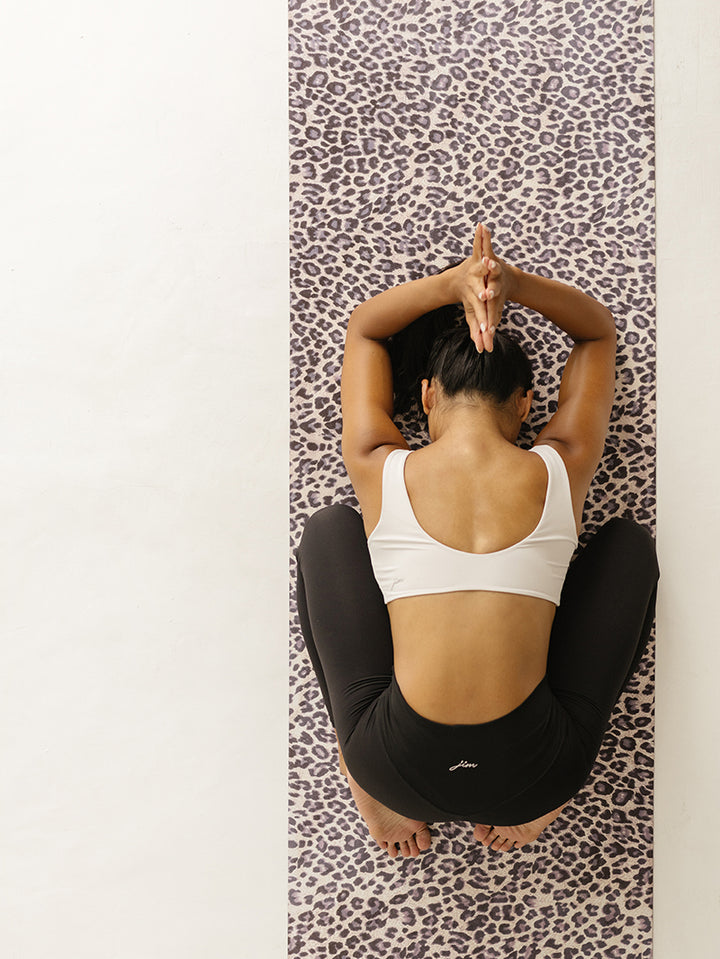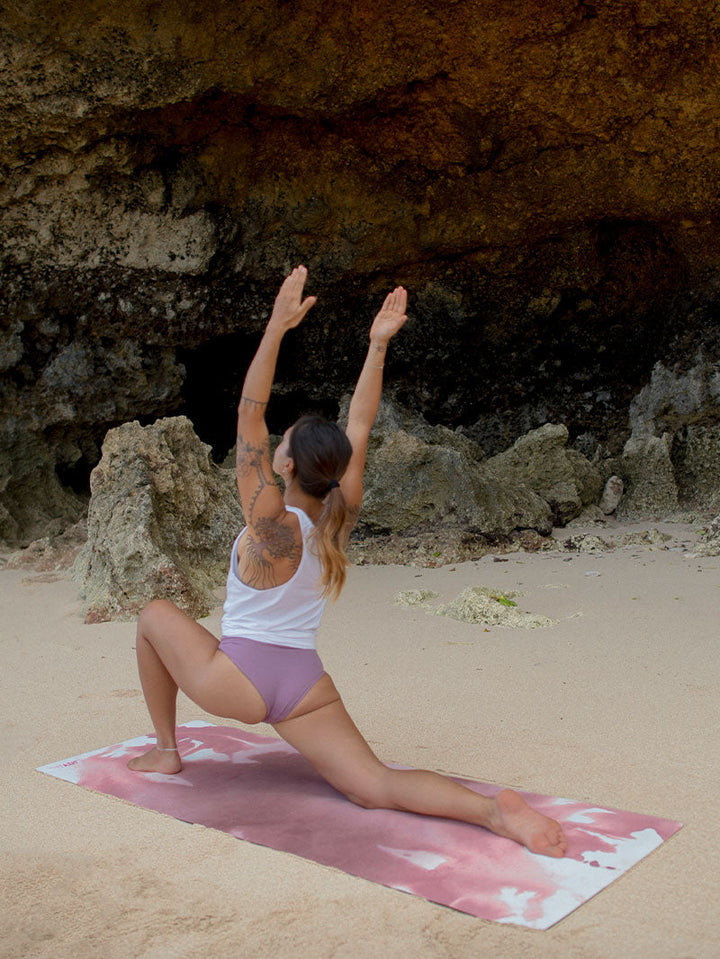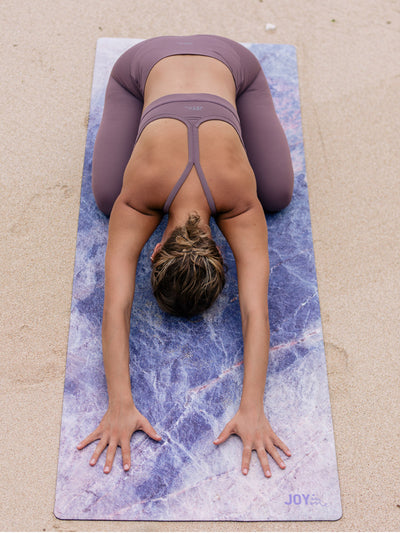Hatha Yoga – what is it and what are the asanas?
What is Hatha Yoga and what does it involve?
Hatha encompasses exercises and techniques aimed at fostering mindfulness. This gentler and less dynamic type of yoga focuses primarily on static postures and proper breathing. The word hatha literally means force (in "Light on Yoga," BKS Iyengar clarifies the context and indicates that this is meant to be understood as against one's will), but to understand the essence of the practice, it is also important to decipher the individual parts of the word hatha. Ha refers to the sun and symbolizes life force, vitality, and the drive for growth. Tha, on the contrary, represents the moon, as well as the conscious turning of one's attention and concentration inward, and insight into oneself.
Hatha Yoga Philosophy – What is it and how does it work?
Hatha is based primarily on the 15th-century yogic treatise "Hatha Yoga Pradipika" by Swatmarama. At the turn of the century, numerous schools emerged, combining and developing various concepts and practices. However, the main principles are often common. Our bodies are shaped by our thoughts and emotions. Performing individual asanas (postures) requires self-discipline and work on perfecting technique. Practicing yoga means rejecting established patterns, both physical and mental, in favor of reshaping our body and consciousness.
Asanas in Hatha Yoga – the basics and their meaning
The foundation of hatha yoga, in addition to breathing techniques (pranayama), also lies in the yoga postures, or asanas. The aforementioned treatise lists as many as 84 of them. According to Swatmarama, the most important asanas are Siddhasana, Padmasana, Simhasana, and Bhadrasana. Today, the number of postures is much larger and constantly growing, encompassing diverse forms—from standing to sitting to backbends. Asanas combine endurance training with spiritual training, effectively developing the mind along with the body.

Examples of asanas in Hatha Yoga practice – how to perform them correctly?
One of the easiest asanas to perform , especially for beginners, is sukhasana, so it's a good place to start. This is a sitting position with crossed legs, often colloquially referred to as the "Cross-legged sit." To perform the exercise correctly, you need to evenly distribute your weight on your tailbone when sitting on the mat . Next, it's crucial to adopt the correct, upright posture, cross your legs, and relax your arms. Finally, close your eyes, calm down, and take deep breaths.
What outfit and accessories should you choose for Hatha yoga?
For Hatha yoga, it's best to choose loose, comfortable clothing that allows for ease of movement during asanas . Leggings paired with a breathable top or T-shirt are best. It's important that clothing isn't too tight or too loose, so as not to hinder your postures. When it comes to accessories, a yoga mat is essential for grip and cushioning during practice . A yoga belt is also a good idea to help you achieve deeper stretches. If you're practicing yoga outdoors, a light sweater is also essential for the beginning and end of your practice, when temperatures can be lower. Also, remember to bring water and a towel to stay hydrated and comfortable during your practice.
Benefits of practicing Hatha Yoga and its effects on the body and mind
What benefits does yoga bring to those who consistently attend classes? Regular practice has a positive impact on the entire body, both mind and body. Hatha yoga provides:
- better sleep quality;
- increasing the flexibility of the spine, which can alleviate back pain;
- strengthening of deep muscles and improvement of balance;
- regulation of heart rate and blood pressure;
- calm and relaxation;
- improving the appearance of the figure.
Better motor coordination is just one of the many benefits of systematic practice. Hatha yoga leads primarily to holistic development, meaning harmonious work on movement and breathing, simultaneously strengthening the body and deepening awareness.



